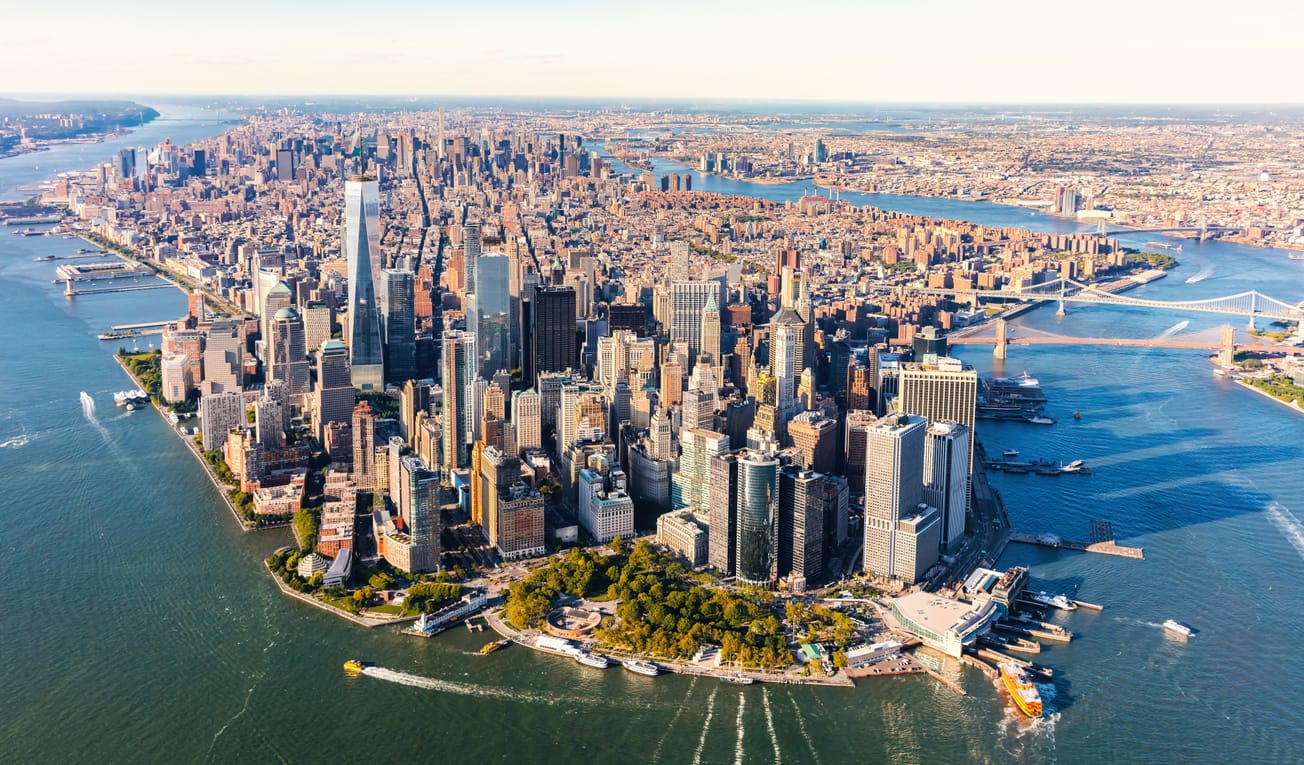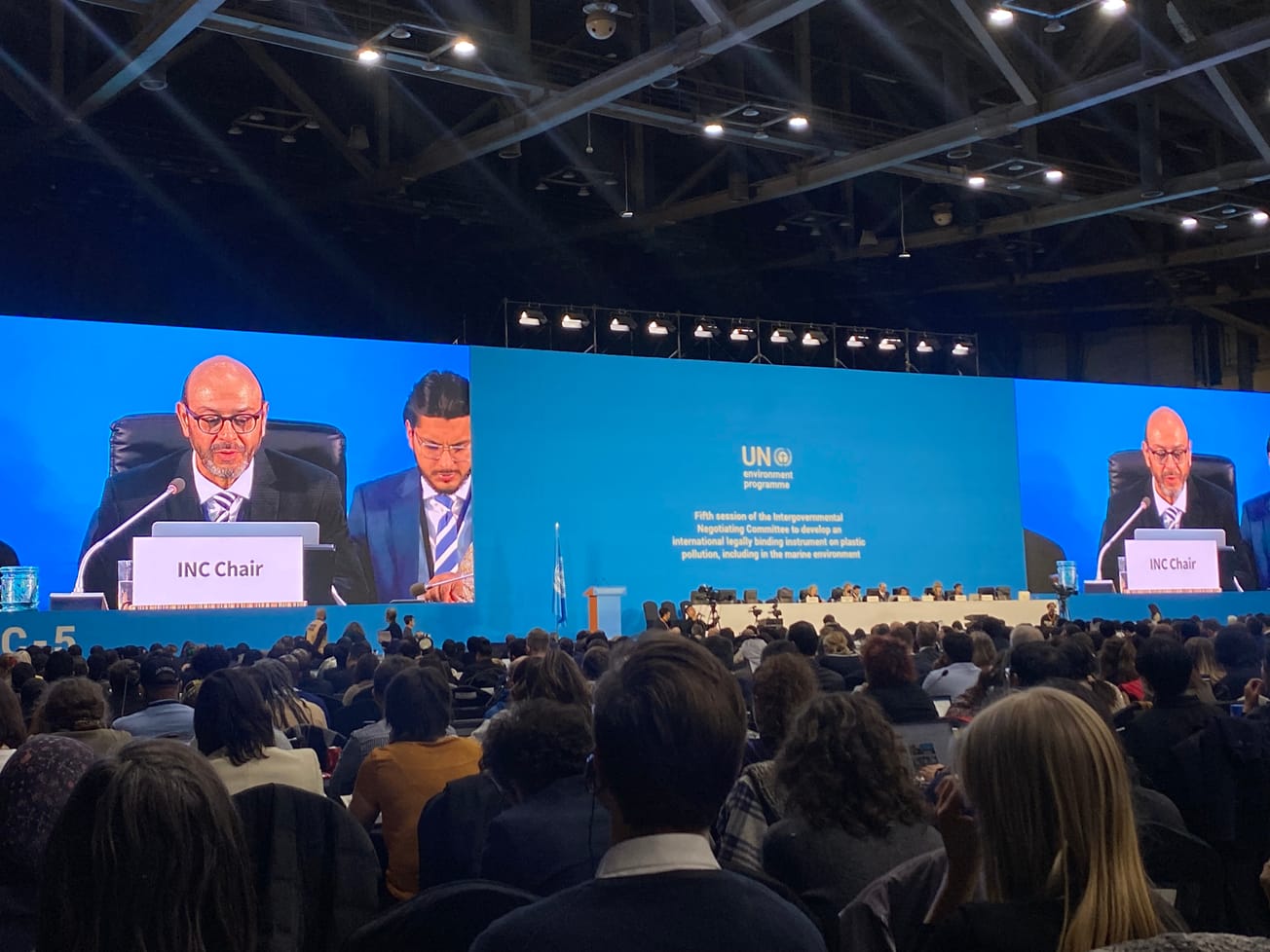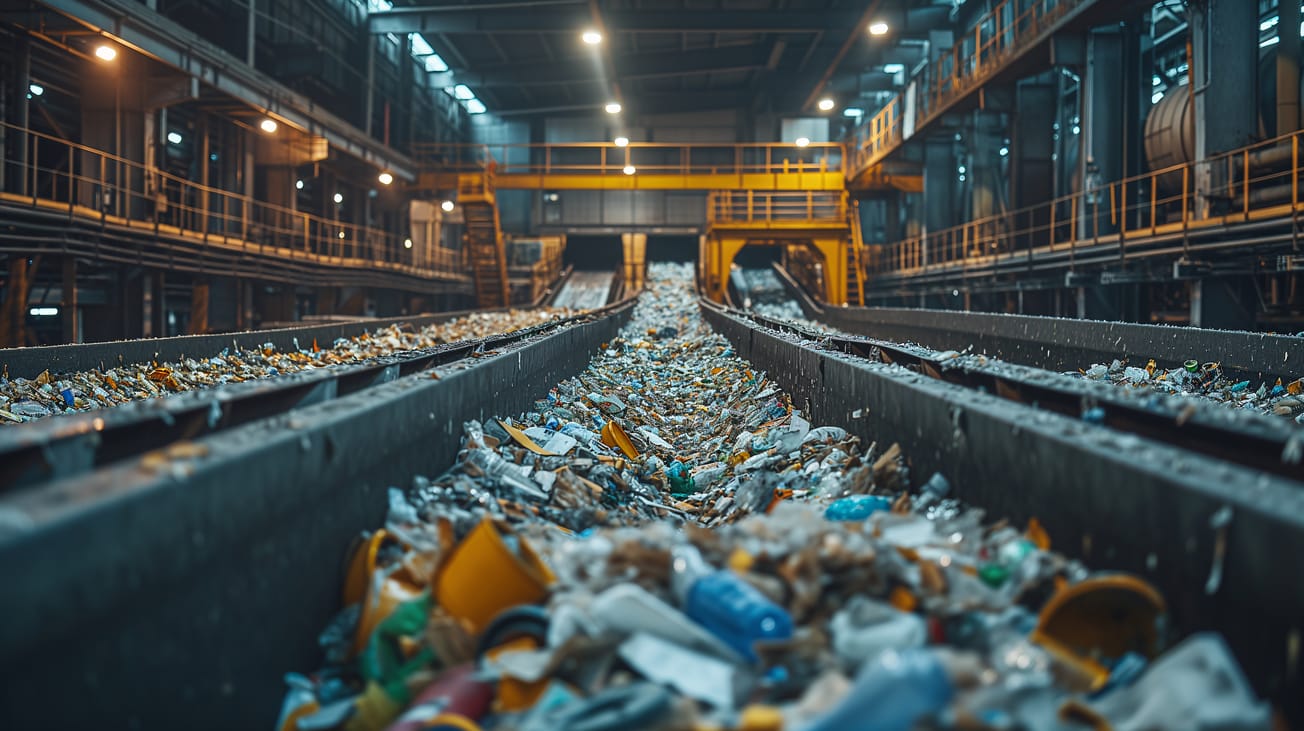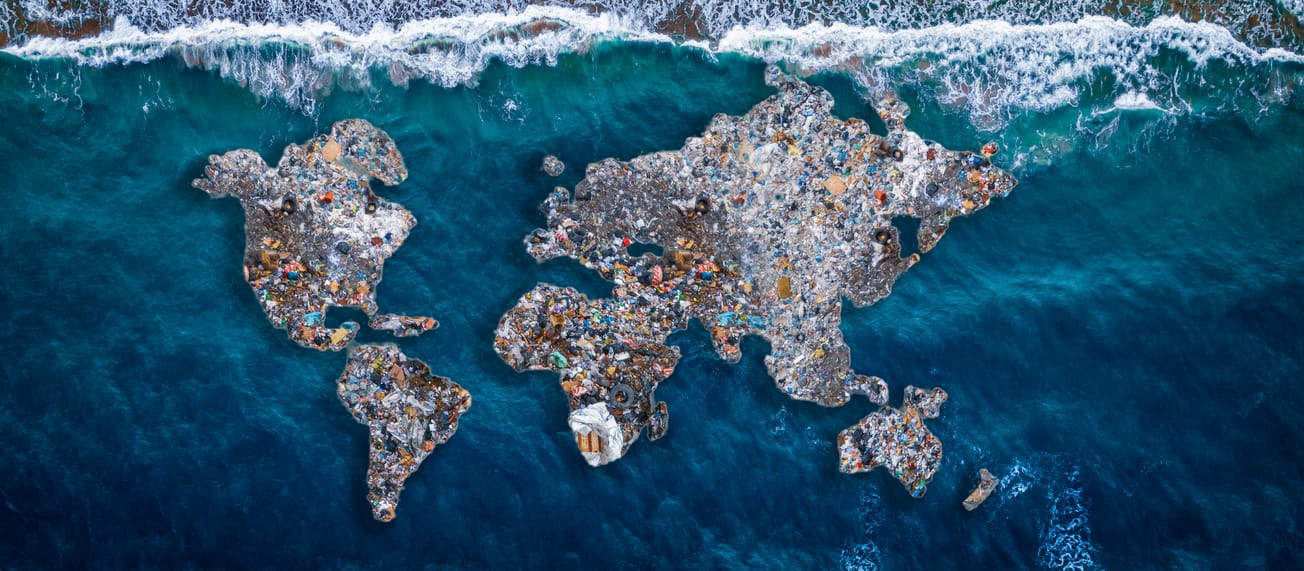The world is in trying times, trust is at an all-time low with peace and security on the rocks, and only 17 per cent of the SDG targets are on track. At this year’s 79th United Nations General Assembly and New York Climate Week held in September 2024, the juxtaposition between the tense negotiations in the United Nations halls and the high spirits of civil society and the private sector on its margins was evident.
Many attendees of the UN General Assembly were anticipating the highlight of events to be the Summit of the Future and while we celebrate its adoption, we think they are 5 other outcomes that give us even more hope.
A Pact for the Future?
This year, world leaders, practitioners and stakeholders attended the Summit of the Future, which took place during the UN General Assembly (UNGA). The Summit of the Future was hosted by the UN Secretary-General and brought together global leaders to build a new international consensus for a better future.
The Summit saw the adoption of the Pact for the Future (Resolution A/RES/79/1). Recognising the global risk of “crisis and breakdown”, the Pact intends to outline the direction that the international community should drive towards “to protect the needs and interests of present and future generations.”
Despite its ambitious goals, the Summit of the Future had a rather awkward start. Less than 24 hours before the Pact for the Future was adopted, States still could not agree on what the Pact would include. Although States could not agree unanimously, the Pact for the Future was adopted on 22 September 2024, without 7 States who refused to join the consensus.
So we now have The Pact for the Future, which consists of chapters on Sustainable development and financing for development; International peace and security; Science, technology and innovation and digital cooperation; Youth and future generations; and Transforming global governance.
While we celebrate the adoption of the Pact for the Future, we think several other initiatives from New York give us hope and deserve attention.
Five other reasons for hope
1. The world steps closer to the entry into force of a BBNJ Agreement
First, we look to ocean governance. In September States demonstrated their ocean leadership with high-level announcements on their progress on the United Nations Agreement on the Sustainable Use of Marine Biological Diversity of Areas beyond National Jurisdiction (BBNJ Agreement):
- Singapore, Barbados, Timor-Leste, Bangladesh, and Maldives announced their ratification of the BBNJ, bringing the total ratifications took us to 13 ratifications! We are now just 47 countries are away from the BBNJ entering into force.
- Chile announced a high-seas MPA leadership collaborative that would unite high-ambition coalition of States leading the way in establishing Marine Protected Areas (MPAs) in the high seas.
- 11 more states signed the BBNJ Agreement at the UN Genreal Assembly: Botswana, Burkina Faso, Cote d’Ivoire, India, Jamaica, The Gambia, Liberia, Madagascar, Sao Tome and Principe, Kenya and Turkiye.
2. Launch of the 100% Alliance
The High Level Panel for a Sustainable Ocean Economy (Ocean Panel) announced the 100% Alliance, led by France. The Alliance will unite countries and partners to support commitments to protect, restore and sustainably manage 100% of all ocean areas under national jurisdiction by 2030. So far, 19 members of the Ocean Panel have collectively committed to place 45% of global Exclusive Economic Zones under 100% sustainable management by 2030.
Many have asked: should we focus on the 30x30 goal before jumping to 100% protection by 2030? We suggest the answer is simple: we must do both. Protection of 30% of marine areas is important, but this should not mean that activities in the other 70% are left unregulated.
The 100% Alliance presents an opportunity for countries to develop sustainable ocean plans for their entire Exclusive Economic Zones.
3. A Global Plastic Treaty in the Making
In a joint statement, 66 countries of the High Ambition Coalition to End Plastic Pollution reaffirmed their commitment to end plastic pollution by 2040. Countries are expected to finalise negotiations in November at INC-5 in Busan, South Korea. Fifteen leaders highlighted the importance of the issue in their statements to the General Assembly.
4. Action to address climate change in the Pact of the Future
Unfortunately, progress on climate is slow. While the Pact of the Future should be celebrated for its inclusion of provisions to strengthen our action to address climate change, the does no more than reiterate the agreed language from the Paris Agreement and COP 28’s UAE Consensus. While this may seem unambitious for the document painting the roadmap of what is required for a common future, it should not be taken for granted as this was hard fraught amongst Member States and hours before adoption, it almost seemed unlikely. We celebrate that there was no backsliding.
It was noted that the much-needed action on climate requires finance. When countries signed the Paris Agreement in 2015, they decided to set a "new collective quantified goal on climate finance" (NCQG) to replace the existing goal of $100 billion per year. At COP29 to the UN Framework Convention on Climate Change (UNFCCC), Parties are expected to make that decision on the NCQG. With that crucial decisoin only one month away (11-22 November in Baku, Azerbaijan), the areas of convergence are narrow.
4. Finance
Outside the UNFCCC negotiations, progress is being made on finance. Highlights include:
- On September 25 this year, Deutsche Bank announced its support for the ‘BackBlue initiative through an update to its ocean protection policies. This update included a prohibition on direct financing of deep seabed mining projects given the science and knowledge gap about the sector. What is #BackBlue? In 2021 at COP26 to the UNFCCC, the Ocean Risk and Resilience Action Alliance (ORRAA) launched The Blue Finance Commitment (#BackBlue), which outlines concrete actions businesses can provide much-needed finance to support solutions to the climate crisis.
- Rare announced $6 million raised to launch a first-of-its-kind Small-Scale Fisheries impact bond. The bond is designed to channel private, public and philanthropic capital to the small-scale fisheries sector. Proceeds will be used to finance community-led co-management of small-scale fisheries. This first investment will fund the establishment of three new community-based conservation management systems in Southeast Sulawesi, Indonesia.
Conclusion
The contrast between the slow and tense negotiations on the Pact for the Future less than 24 hours before its adoption and the energy of the New York Climate Week demonstrates the ambitions of all the parties at play in the quest for sustainable development. Despite many hurdles, there is still much reason for hope.
The UNSW Centre for Sustainable Development Reform at New York's events
The Summit of the Future included several 'Action Days', which provided a platform for showcasing innovative solutions to critical challenges in sustainable development.
During the Action Days, the UN Global Pulse co-hosted an event with UNSW titled “Sea Level Rise: Building Resilience Through Data and Community in the Asia Pacific”, which highlighted innovative, community-driven, and data-based solutions to challenges posed by rising sea levels. UNSW initiatives were showcased, including Project Halophyte and the Global Ocean Accounts Partnership, alongside efforts from UN Global Pulse Asia Pacific. Angelique Pouponneau, representing the Global Ocean Accounts Partnership Secretariat, hosted by the UNSW Centre for Sustainable Development Reform, emphasised the transformative potential of ocean accounting in reshaping management of ocean and coastal ecosystems.
Attending the Summit of the Future and Climate Week, in this expert insight, Angelique and colleague Jeremy Ragauin (ocean advisor to the Seychelles Mission to the UN) summarise what they saw as the 5 key reasons for hope coming out of New York.
Authors: Angelique Pouponneau and Jeremy Ragauin







